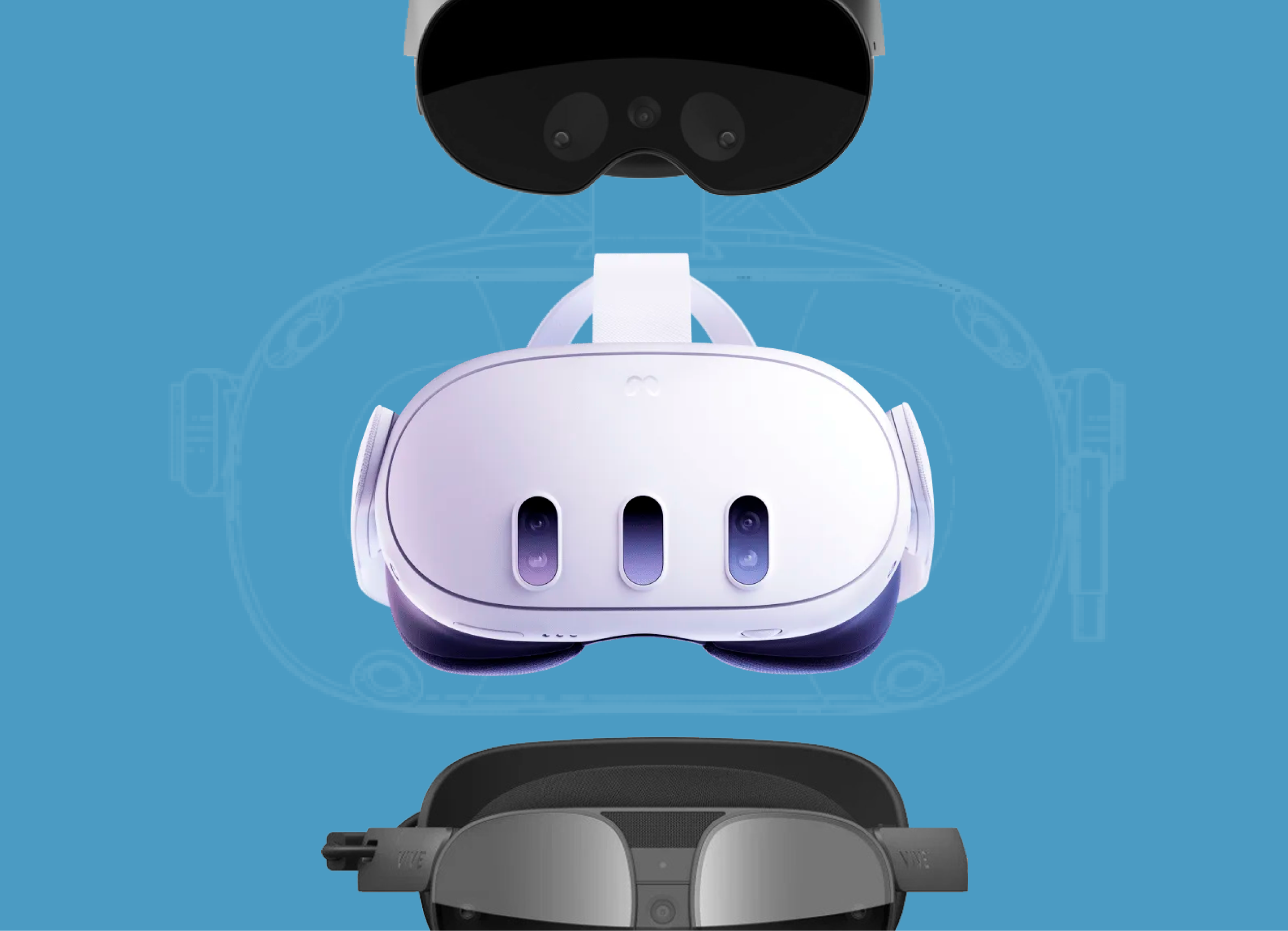
Companies can increase their income and the number of new customers and sales. And they can do it with established proper communication with customers, and customers trust the company.
Modern technologies play a crucial role in strategy formation. If online sales entered our lives a long time ago and become a common thing, XR technologies are just slowly integrating into routine. But extended reality already sparkles interest in both customers and companies. WebXR is one of them. It allows using all the benefits of virtual and augmented reality through web browsers.
“When I was starting out, there weren’t a lot of people in the field. All of the cool kids in XR were telling me that the browser was dead,” event host Samantha Mathews said in her opening remarks. “But the web has a magical way of closing the gap between physical and virtual experiences … to me, the 3D web solves the problem of how flat the internet is”, said Samantha Mathews, CEO and CTO of LOCI.
In our new article, you will discover how WebXR is capable of improving your business and encouraging your customers to use your services. Successful use cases added.
What is WebXR
WebXR is a Web application programming interface that allows browsers to support virtual and augmented reality on a web page, with no requirement to download a native app. WebXR provides customers with access to immersive content regardless of devices they use: a smartphone, VR headset, PC, tablet, etc.
Virtual reality
VR in browsers is most often used for online games and virtual excursions. The web game Vivid, where VR headset user lights fireworks with sight is one of the WebXR VR examples.
Augmented reality
Augmented reality in WebXR uses images, QR codes, and physical objects as markers that activate AR and superimpose digital objects in the real world. WebAR also has the possibility to track face mimics and body movement which makes AR content more realistic. WebAR is constantly used for designing virtual try-on and makeup.
Here, you can read more about WebXR.
WebXR Advantages For Business
First of all, WebXR offers customers a new interesting, and immersive solution to see items in the way they would look in reality. Thus, digital technologies can make shopping more convenient and personalized.
According to RetailDive, 71% of zoomers want their shopping experience to be better personalized, plus 83% of them want their shopping to be more entertaining.
Read more about other WebXR advantages here.
WebXR Examples In Business
WebXR is a convenient format to design interactive advertisements and virtual try-on for digital versions of items before purchasing.
Useful WebAR Item Packages
WebAR packages is one of the digital solutions to facilitate product choice. These item packages offer customers some additional useful functions, including visualization of the food product ingredients, for example. WebAR packages can contain visuals of step-by-step recipes, some interesting facts about the product, entertaining elements, etc.
Using item packages like this, you can demonstrate a brand’s positive side, because a company with WebAR packaging creates additional value for customers, both useful and entertaining.
According to Salsify, 46% of customers said they would pay more to trusted brands.
For example, Asda Wagyu Steaks developed WebAR packages for ready-made steaks. Every package contains a QR code that activates AR demonstration of how and on what recipe a steak was cooked.
WebXR Content For Stores
Gamified immersive experiences can draw customers’ attention to your products and form positive associations. Web advertisements like this are effective if you demonstrate them right before your product was purchased.
According to statistics, brand recognition is increased by 70% when they use augmented reality to encourage their customers.
For example, Kinder developed a WebAR experience for children in supermarkets. To activate the experience, you can find a QR code flyer on store shelves. After you scan the code on a smartphone, the virtual portal to Africa with animals opens. This experience has entertaining and educating functions because a child learns new facts about every African animal.
Virtual Try-On For Fashions
Virtual try-on is another technology that is already used in retail. It gives a customer the possibility to try on an item’s digital version before buying, thus increasing the number of purchases and reducing the number of returns. According to Shopify, the number of returns was reduced by 40% after the AR try-on implementation.
Moreover, virtual try-on gives clients the possibility to customize an item and show how it would look in the physical world. According to ThreeKit, 40% of customers said they were ready to pay more for an item with the possibility to customize it in AR.
Qualium Systems has its own AR Glasses Fitting App, which we also transferred to WebXR. More information about the app is available here.
Virtual Makeup in WebXR
Cosmetics testing with modern technologies provides a better understanding of what lipstick or eyeshadow color fits customers most during online shopping. So, more than 44% of beauty and health purchases in America were made through the web.
Cosmetics brand Perfect Corp. developed its own virtual makeup, where you can try on digital lipstick, foundations, eyeshadow, and other decorative cosmetics items, using a web camera.
A year ago, in the midst of the COVID-19 pandemic, the company developed virtual makeup try-on right in their stores, where clients could test cosmetics with no need to take their masks off. That’s a bright example of how brands can adapt to the surrounding restrictions.
In one of our previous articles about extended reality in retail, we wrote about virtual try-on and makeup.
WebXR Furniture Testing
Choosing furniture and home decor for a real interior with digital immersive technologies prevents the purchase of physical items that didn’t suit a customer because of the wrong size or color.
According to David Sobie, Happy Returns co-founder and CEO, 15% to 40% of purchases came from customers who bought items online.
Mazing XR developed a WebAR app that allows placing digital furniture and home decor right into the physical interior.
How WebXR Facilitates Food Ordering
WebXR also found its place in restaurants and food delivery. Due to the fact that AR projections show the dish and its ingredients before ordering, customer service in restaurants gets improved, because clients have a clearer understanding of the food they order.
Some WebAR apps also contain the dish customization function. That means a client can see how, for example, a burger would look like without sauce or greenery.
Cavalli Club Restaurant & Lounge developed an AR menu that allows customers to see how a chosen dish will look like on their plates. They can also zoom in on a digital image to see more details of the order.
In our article about AR tourism, you can read about how augmented reality improves restaurant work.
Now you found out more about using WebXR in different business fields, including retail and advertisement. This technology is just gaining popularity in business, but it already offers a personalized and entertaining shopping experience. Interactive advertisements right in a store can draw more customers’ attention to your product. And online shopping can be facilitated with technologies like virtual try-on, virtual makeup, AR projections of furniture and dishes.


